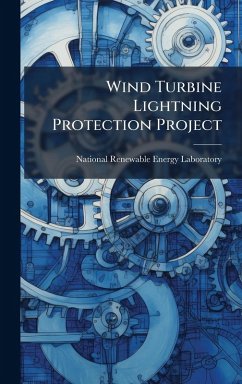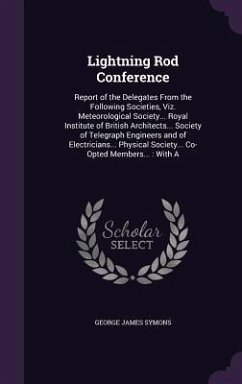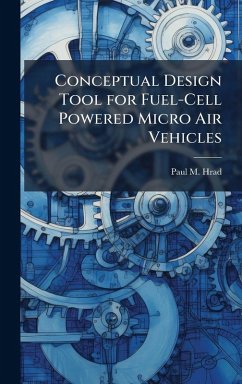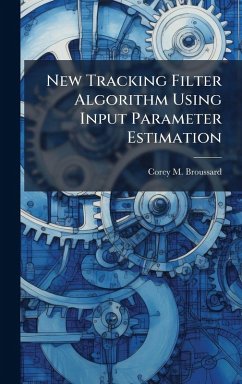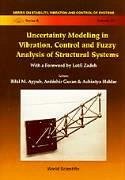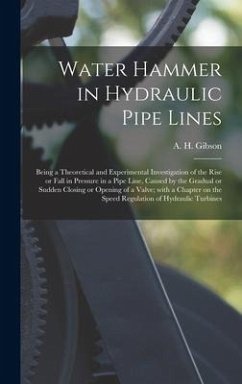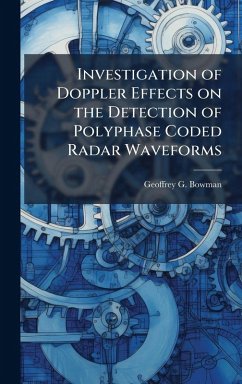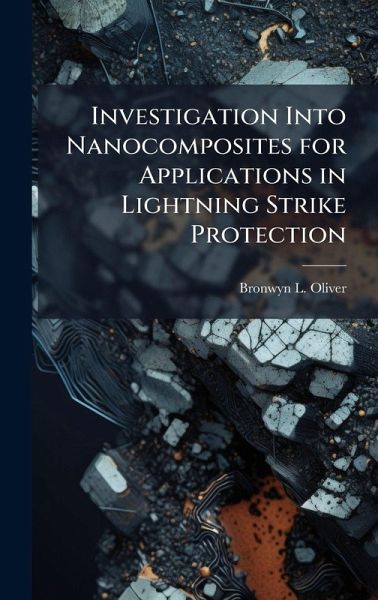
Investigation Into Nanocomposites for Applications in Lightning Strike Protection
Versandkostenfrei!
Versandfertig in über 4 Wochen
29,99 €
inkl. MwSt.
Weitere Ausgaben:

PAYBACK Punkte
15 °P sammeln!
Aircraft manufacturers are currently looking to use composite materials for aircraft wing skins. Nonconductive composite materials offer little protection against lightning strikes. Conductive nanocomposites are being developed for lightning strike protection. This thesis explores a variety of composites including nickel coated carbon fabric (NiCCF) alone as lightning strike protection and with additional protection systems: nickel-nanostrand veil (NiNS), aligned buckypaper (ABP), non-aligned or random buckypaper (RBP), and a mixed buckypaper (MBP) made up of vapor grown carbon fibers (VGCF) a...
Aircraft manufacturers are currently looking to use composite materials for aircraft wing skins. Nonconductive composite materials offer little protection against lightning strikes. Conductive nanocomposites are being developed for lightning strike protection. This thesis explores a variety of composites including nickel coated carbon fabric (NiCCF) alone as lightning strike protection and with additional protection systems: nickel-nanostrand veil (NiNS), aligned buckypaper (ABP), non-aligned or random buckypaper (RBP), and a mixed buckypaper (MBP) made up of vapor grown carbon fibers (VGCF) and single walled nanotubes (SWNT). Each of the systems are tested under monotonic compression for ultimate compressive strength as well as compressive fatigue loading conditions before and after a simulated lightning strike. Their behaviors are compared to determine which system provides the best lightning strike protection. Overall results of testing conclude that RBP lends a 20% increase in effectiveness to lightning strike protection over the NiCCF only. NINS decreases effectiveness of lightning strike protection by 20%. Other systems tested showed effectiveness between these two cases. The most common failure in specimens after strike is delamination along the longitudinal fibers of the NiCCF and is thus deemed the weakest point of all systems which should be mitigated in future systems to improve effectiveness. This work has been selected by scholars as being culturally important, and is part of the knowledge base of civilization as we know it. This work was reproduced from the original artifact, and remains as true to the original work as possible. Therefore, you will see the original copyright references, library stamps (as most of these works have been housed in our most important libraries around the world), and other notations in the work. This work is in the public domain in the United States of America, and possibly other nations. Within the United States, you may freely copy and distribute this work, as no entity (individual or corporate) has a copyright on the body of the work. As a reproduction of a historical artifact, this work may contain missing or blurred pages, poor pictures, errant marks, etc. Scholars believe, and we concur, that this work is important enough to be preserved, reproduced, and made generally available to the public. We appreciate your support of the preservation process, and thank you for being an important part of keeping this knowledge alive and relevant.



